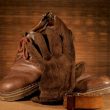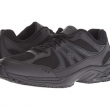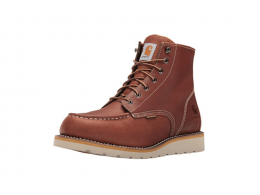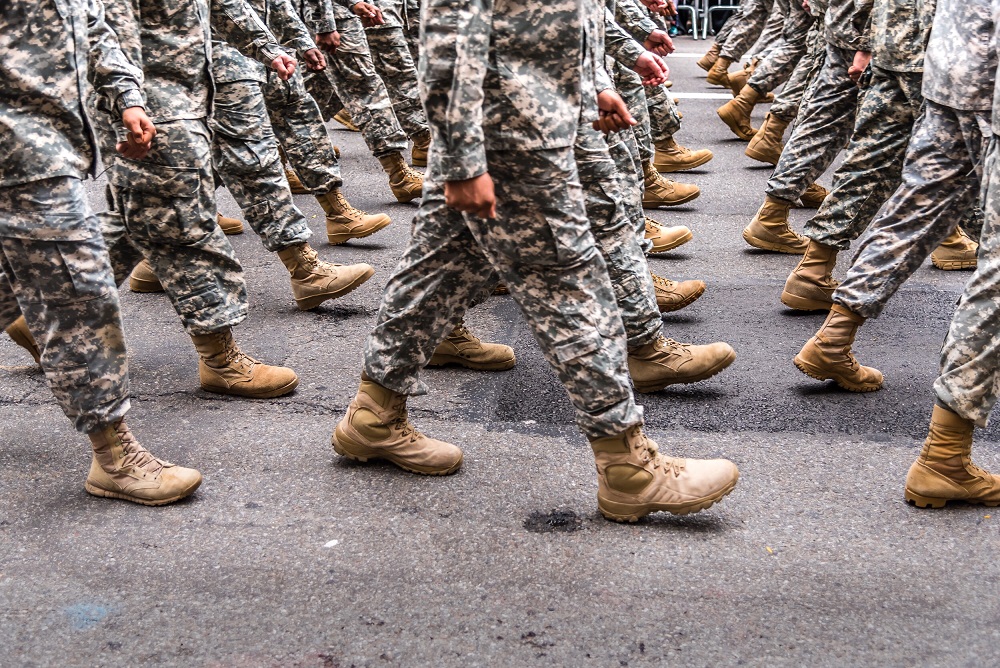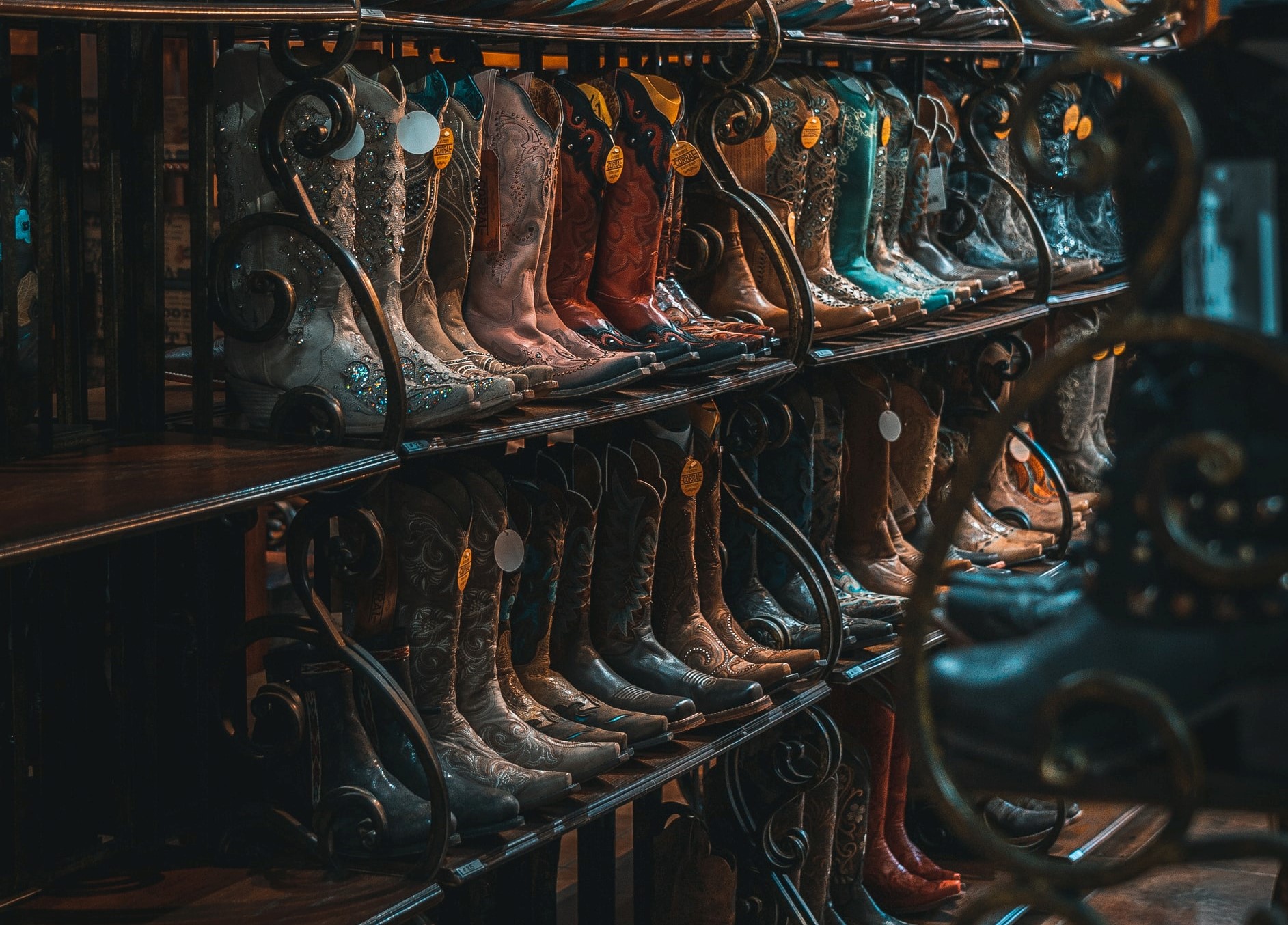Workwear Guru is reader-supported. When you buy through links on our site, we may earn an affiliate commission. Learn more
Shopping for a new pair of pants may not be very fun for some men. It can be time-consuming and to some extent even challenging. Inviting friends, girlfriends, or sisters to help shopping may be a good option to make this process more amenable. More often than not, the issue is finding the right size, considering the complexity of reading men’s pant sizes. Hence, to save you and your companions some time and to make your shopping experience effortless, this article will address how men’s pant sizes work and offer additional information.
How Do Men’s Pant Sizes Work?
Men’s pants sizes are determined by a combination of two numbers: the waist size and the inseam size. The waist size of a man’s pants corresponds to the length of the waistband, which typically ranges from 28″ to 40″+ inches. The inseam dimension refers to the length of the trouser leg and typically ranges from 30″ to 36″; however, these sizes don’t normally fit shorter guys, which would usually have 25″ to 29″ inseams. Let’s say, if you look at the label tag and you see 34×32, just know that 34 refers to the waist and 32 refers to the inseam.
It is difficult enough to figure out your size in clothing marked as small, medium, or big; let alone using two different measurements for one piece of clothing. Fear not; we offer some tips and tricks on how to find your pant size.
How to measure the waist
Find the bottom of your ribs and the top of your hips. Place a tape measure around your middle, just above the belly button, at a place halfway between them. Make sure it’s pulled tightly but not too tight that it digs into your skin. Take a deep breath out and take your measurement. Just to be sure, repeat your measurement a second time. If you do not have a tape measure, you can also use a thread.
How to measure the length and inseam
Wear a pair of pants you already own and measure the inseam length. If needed, adjust the cuff to the desired length. With no or little break, the pant leg should lay comfortably on the bottom of your shoes.
Take off the pants and measure the flipped cuff’s length. Subtract that amount from the length of the pants.
Men’s Pant Size Chart: U.S. vs. European sizes
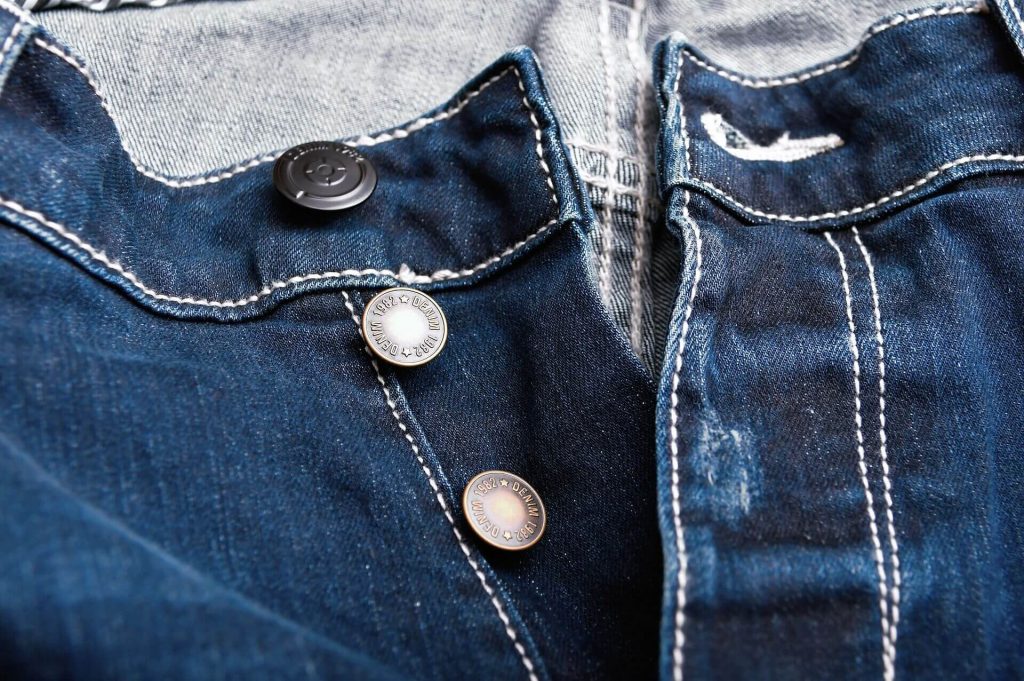
Every country has its own standard for clothes sizes. Clothes’ sizes might differ from country to country, and that is why many people who buy clothes outside their country struggle to find the right size. This is quite significant when comparing U.S. and European clothing size charts.
The chart below may serve you as a reference in the process of figuring out your size. The U.S. figure corresponds with the measurement of the inseam.
| European | US |
| 46 | 30 |
| 48 | 32 |
| 50 | 34 |
| 52 | 36 |
| 54 | 38 |
| 56 | 40 |
| 58 | 42 |
Note that charts are not necessarily precise for every kind of man, since some have shorter or longer legs and may need to depart from the suggested size. However, this is a wonderful place to start if you’re trying to figure out which inseam will fit you best.
Types of Pant Fits

All body types are different. You might have the same weight and height as your fellow friend, but the same size pants do not fit you the same way. That is because there are other factors that should be considered. Pant rise, cut, and fit are the three components in a good pair of trousers that all the large manufacturers use. These are the broad parameters by which they classify pants.
Pant rise: This is the distance between the bottom of the crotch and the top of the waistband of a pair of pants. This determines whether your jeans will sit high or low on your waist. It usually ranges from 7 to 12 inches, and it makes a significant impact on the way pants fit. According to the rise of the pants, you can find high rise, natural waists; medium-rise waist, and-low rise waist.
Pant cut: This refers to the length or the shape of the pants’ legs. They can be straight-leg pants, tapered-leg pants, boot-cut pants, wide-leg/flared pants, and cropped pants.
Pant fit: This indicates how the pant fits the wearer’s body — tight or loose, for example. The types of fit are relaxed fit; classic fit; slim fit, and skinny fit.
Conclusion
Pants, as you have read, come in different shapes, sizes, and types; this can feel overwhelming when trying to find the right fit for you. Do not despair; we all have a match made in heaven. Although the tips offered in this article can help you get closer to your goal, your best bet is to go and try a bunch of them on to really see how they feel and look on you. It may take some “trial and error”, but you will eventually find the one.



